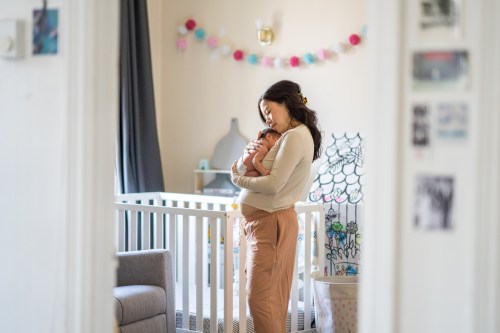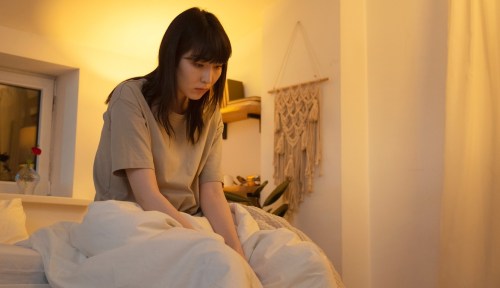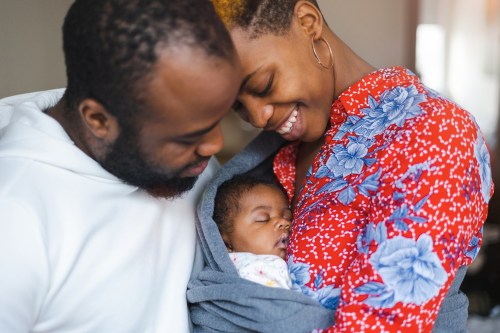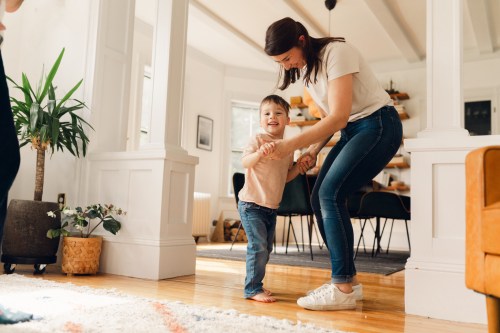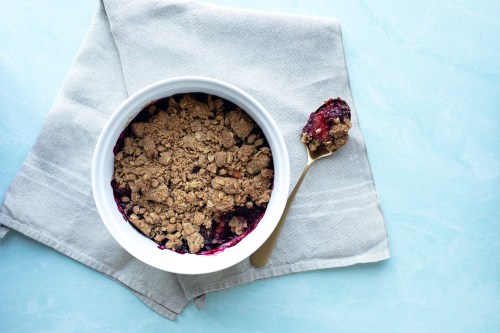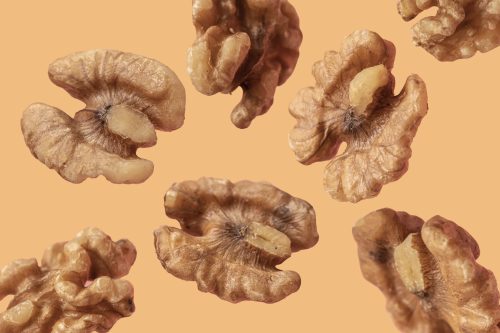The one thing Blake Lively thinks every new parent should do
Blake Lively and Ryan Reynolds took to Instagram to urge parents to learn crucial life-or-death CPR skills to protect their kids.

Blake Lively and Ryan Reynolds have the Hollywood dream team down pat: They’re gorgeous, they get the best invites (hi, Fourth of July party at Taylor Swift’s house), and they’re loving parents to their two daughters. And now, the couple is ready to deploy some real-life superhero skills if needed.
Yesterday, the 29-year-old former Gossip Girl (and partial owner of a very famous pair of traveling pants) and the 40-year-old Deadpool star took to Instagram to spread the word about the life-saving skill they think all new parents should have.
Reynolds once saved his nephew’s life because he had taken a CPR class and knew what to do.
“All mamas and daddies out there—I can’t recommend this enough. I took a CPR class with a focus on babies and toddlers,” Lively wrote on Instagram. “For those of you who haven’t done it, you will love it. It’s so helpful by giving you knowledge, tools, and some peace of mind.”
On his own Instagram, Reynolds shared that he once saved his nephew’s life because he had taken a CPR class and knew what to do. And of course, saving your own life is important—and with CPR training, you can learn how to perform the life-saving Heimlich maneuver on yourself.
The couple’s respective comments sections went wild—with many people sharing their own scary stories of having to use emergency CPR on an infant or toddler. (According to the New York State Department of Health, choking is the fourth leading cause of unintentional death in children under the age of 5—and children are most likely to choke on food.)
Getting trained is easy—just Google it to find quick classes in your area, or check out the multiple CPR and Heimlich maneuver tutorials on YouTube. Tt’s all about taking the time to develop this crucial life-or-death skill—just one more step to becoming the Wonder Woman you know you can be. (For more lessons: Take it away, Gal Gadot…).
Now that you know how to save a life like Lively, here’s her surprising healthy-diet secret and the workout that got her in superhero shape.
